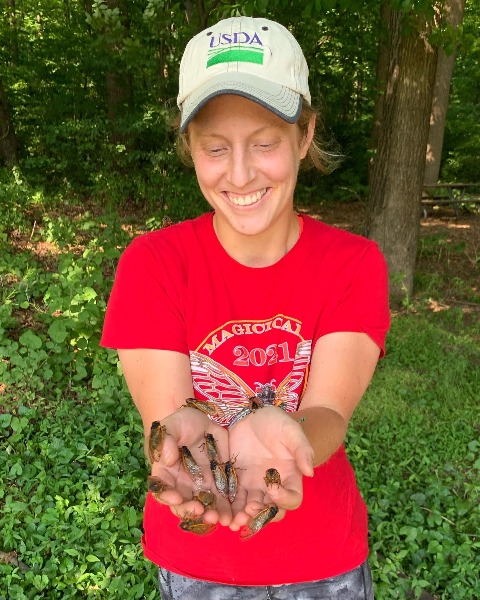Medical, Urban, and Veterinary Entomology
Member Symposium
Integrated Management Approaches to Ticks and Tick-borne Diseases On-Demand Presentations
A survey of commercial pest control companies on tick control practice in five states identifies needs for training on tick biology and behavior
On-Demand

Laura K. Beimfohr
Biological Science Technician
USDA-ARS
Beltsville, Maryland
Andrew Y. Li
Research Entomologist
USDA-ARS
Beltsville, Maryland
Presenting Author(s)
Co-Author(s)
Successful tick control replies on proper application of pesticides directly to questing ticks in the environment or via host-targeted tick control products to rodents (mainly white-footed mice) that carry ticks at the right place and right time. As part of an effort to understand measures taken by pest control professionals for tick control at residential properties, a survey was conducted through online survey and telephone interviews of pest control providers in Maryland, Delaware, Virginia, West Virginia, and North Carolina. Out of the 231 companies surveyed 78% of the respondents offered some type of tick control to residential areas. Among companies that offer pest control service, not necessarily all tick control services, over 74% of the companies also treat commercial properties. Most companies applied synthetic pesticides to control ticks on the lawn and property edges. Bifenthrin applied via hydraulic sprayer, was the most commonly used product, outnumbering other synthetic pesticides as well as natural alternatives, applied using mostly hydraulic sprayers. Average cost for monthly treatments was over $200 for 1-acre (0.4 ha) properties, which was an increase from previous years. Select TCS rodent bait boxes and other Integrated Pest Management (IPM) products were rarely used by companies. Survey results indicate pesticide treatments primarily focused on the lawn areas followed by shrubbery and the edge of the property, and surrounding areas of properties were rarely treated. This study identified a need for training of pest control professionals on tick biology, behavior and distribution in environment that may improve commercial tick control efficacy.

